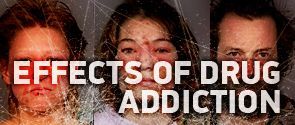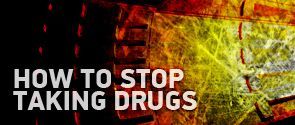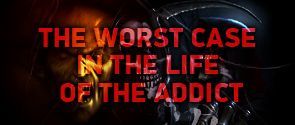09.01.2014
Doctor Life’s season finale was broadcast worldwide November 8th, 2013. The 20th and final episode titled “A Year Later” featured eight participants – all drug addicts and citizens of the Russian Federation, Germany and the United States. According to the directors of the hit reality TV series, Dr. Prof. JenishbekNazaraliev’s conceptof treating drug addicts in front of million viewers helped seven of the patients to stop using illicit narcotics and stay drug-free forever.
According to Dr. Prof. Nazaraliev, 87.5 percent of the patients remained drug-free and in remission following a year after the treatment process – a tremendous success. In addition, 92.7 percent did not experience any mental, physical and/or somatic symptoms. Overall, 75% of the participants improved their level of social and economic well-being in their communities while 91.1% experienced a rapid improvement in their overall quality of life.
In Doctor Life’s final episode, our heroes gave testimony revealing how their lives had changed following the show. Particular attention was given to address the difficulties each encountered during their reintegration processes back into their communities and societies. The project itself provides indisputable medical evidence of the treatment methods’ success rate. Nevertheless, in some developed countries, the treatment method was widely criticized by pharmaceutical corporations which strongly prefer methadone substitution. Dr. Prof. Nazaraliev believes corrupted medical authorities in the Russian Federation endorse similar views.
Dr. Prof. Nazaraliev's treatment method completely excludedmethadone substitution therapy. The participants of the project did not have the opportunity of receivingprofessional help during the remission period from psychologists and/or psychotherapists as is common and well developed in the United States and Europe.
A total drug rejection is attained during the final psychological stages of the treatment process: Pilgrimage and Stress Energetic Psychotherapy. The Pilgrimage entails a 250 km hike that culminates on the summit of Salvation Mountain Tashtar-Ata. The journey brings each participant to the crossroads of one of Central Asia’s mountainous drug trafficking routs. During Stress Energetic Psychotherapy (SEPT), at the subconscious level, the patient experiences the monumental release from their vicious cravings for illegal narcotics.
It is noted that Dr. Prof. Nazaraliev’s treatment methods are similar to post-soviet drug addiction treatment practices. For instance, in the Russian Federation,the methadone program is banned. This is precisely why DrProf. Nazaraliev cancels all substitution drugs immediately when a patient is admitted to his facility and dismisses patients only after a complete rehabilitation is achieved where upon patients are absolutely drug-free from any and all medicines.
The average rate of yearly remission of heroin addicts, according to the National Scientific and Practical Center of Narcology under the Ministry of Health of the Russian Federation, does not exceed 8%, and in working communities 15%. According to Dr. Prof. Nazaraliev, the success rates of his treatment method, substantiated in the Doctor Life reality TV project, “must evoke interests from the scientific and medical society.”
Doctor Life was filmed on location at the Medical Center of Dr. Nazaraliev in Bishkek, the capital city of Kyrgyzstan in the Fall of 2012. Funding for the project was providing by the World League “Mind Free of Drugs.”Participants submitted applications from more than 10 different countriesThe treatment program lasted45 days and was broadcast via an official web portal (www.doctorlife.tv) in seven different languages. The series was watched by more than 4 million viewers. Doctor Life is still available for viewing on the Internet. Also, a few special series were broadcast on television in some countries, including the Russian Federation.
The main goals of the World League “Mind Free of Drugs”representatives were to promote the primary prevention of drug abuse, raise awareness and encourage more tolerant attitude towards drug addicted individuals in society and illustrate a unique method of treatment in the field of psychiatry and narcology.














